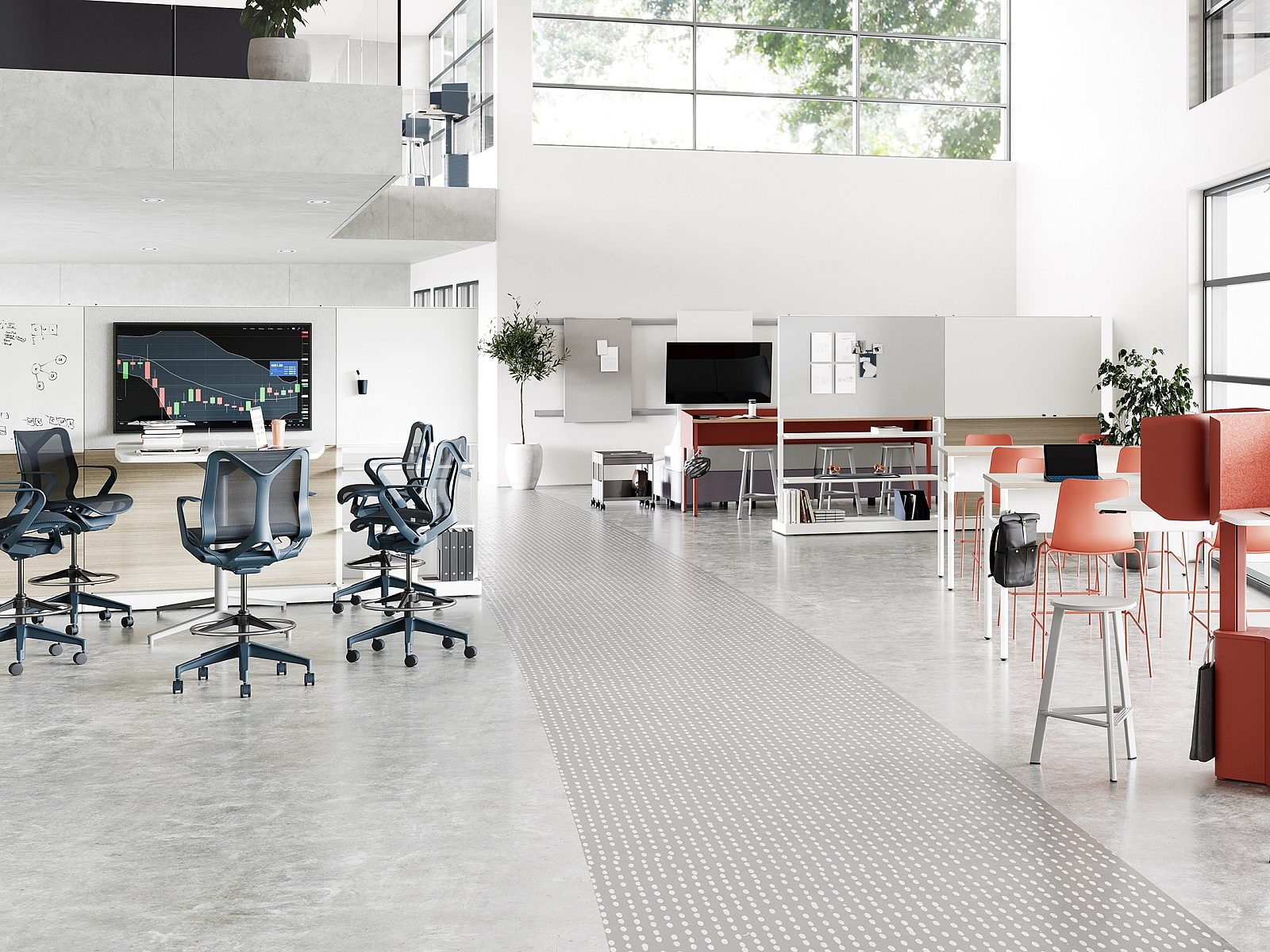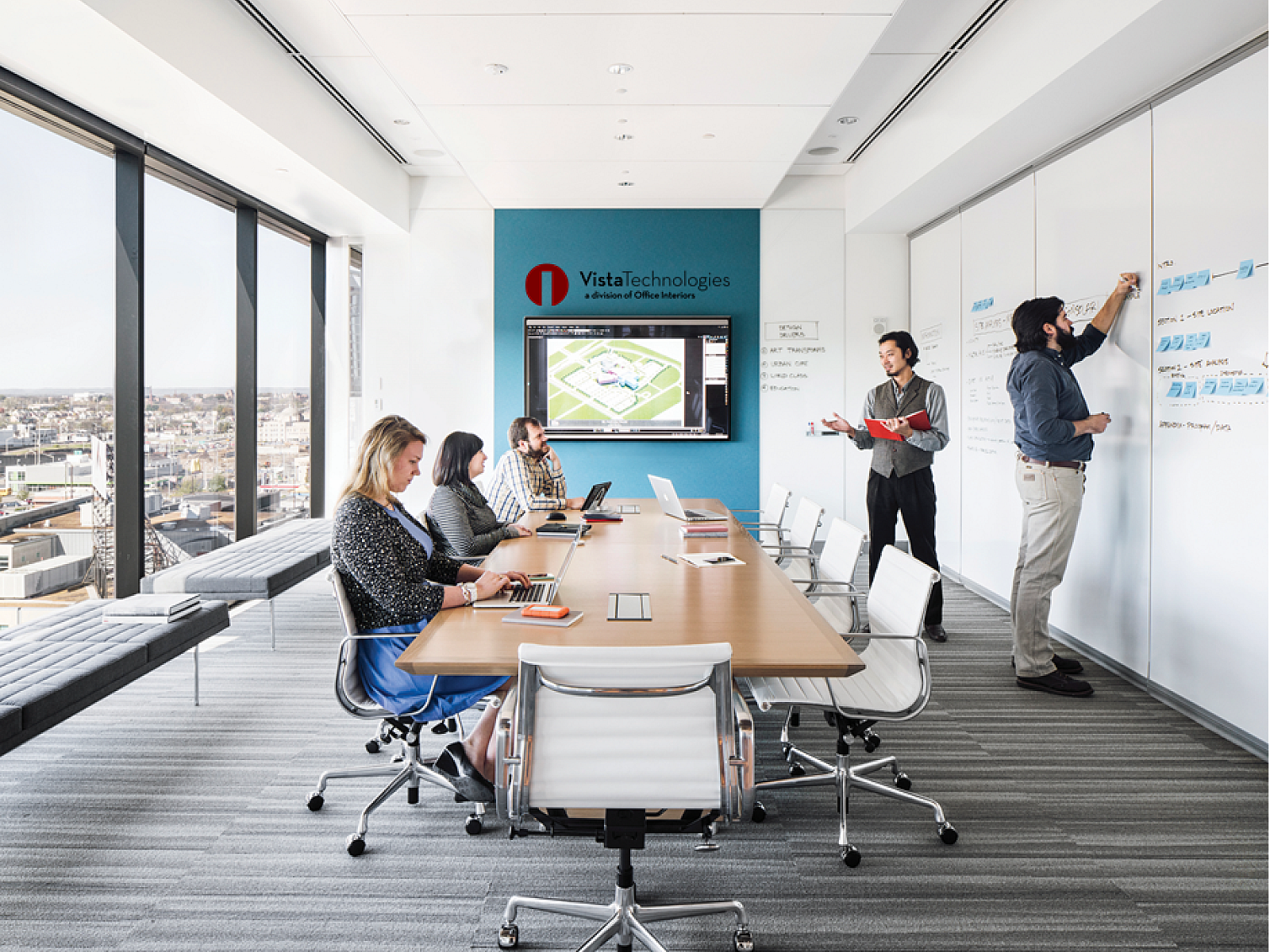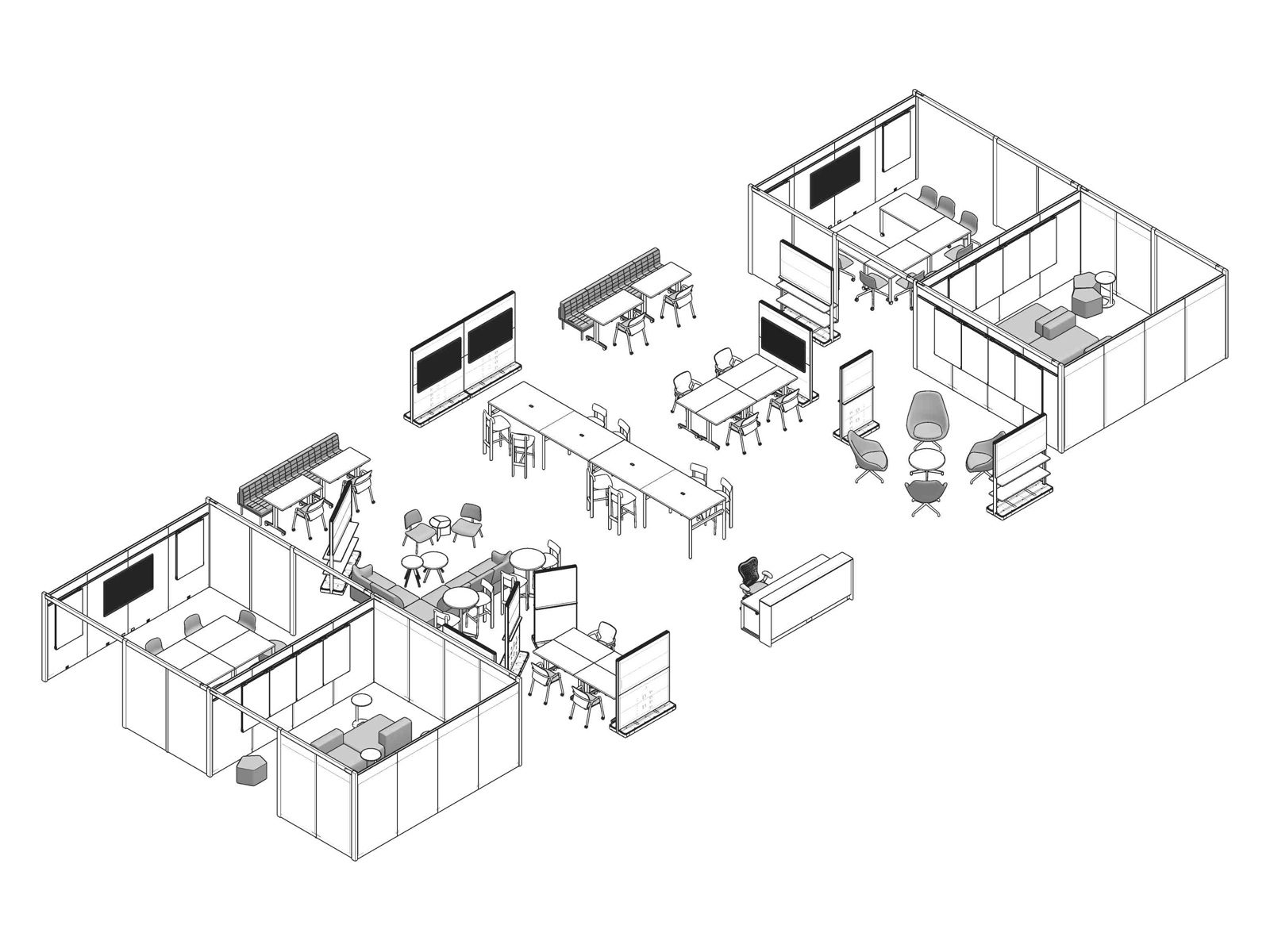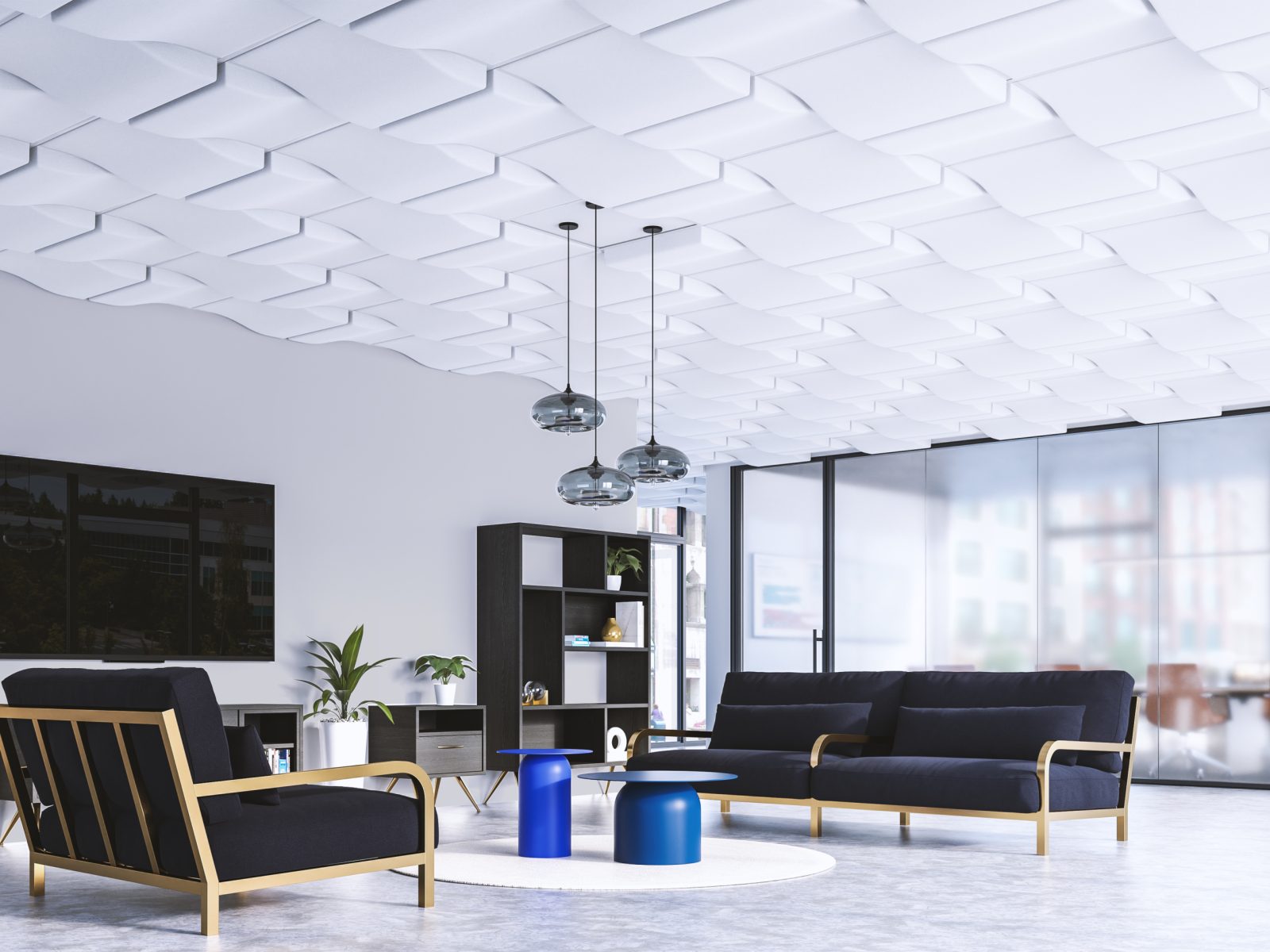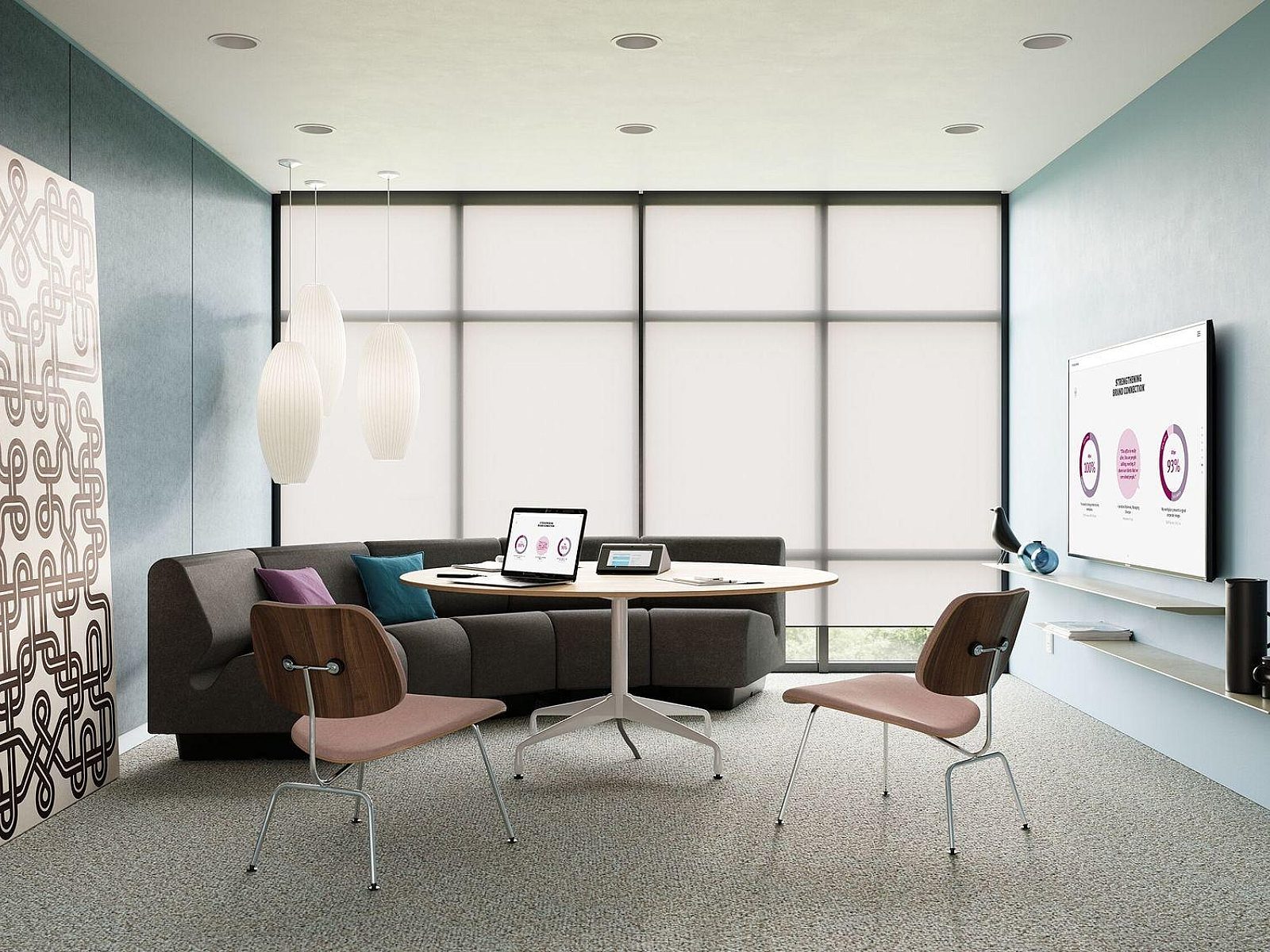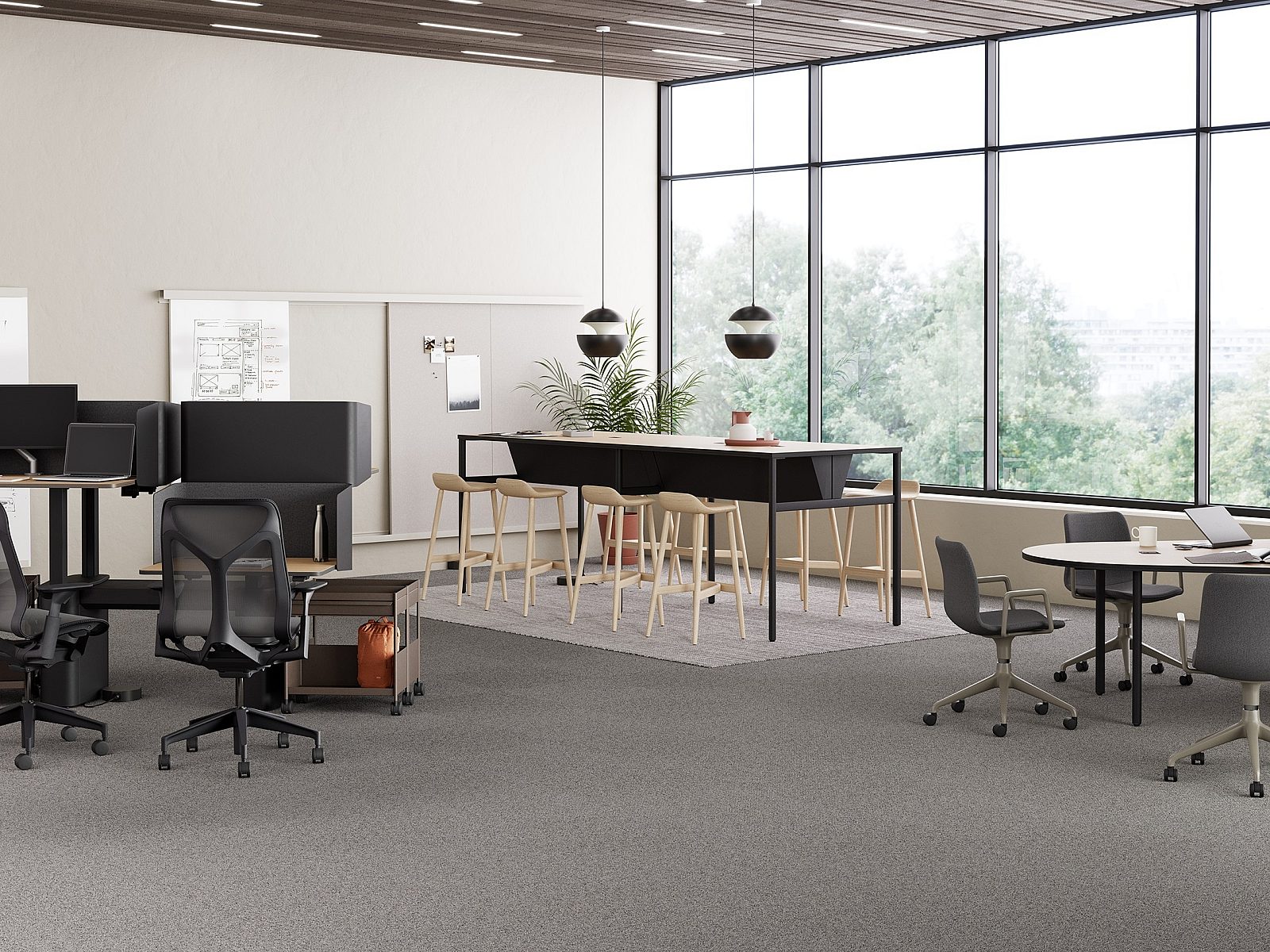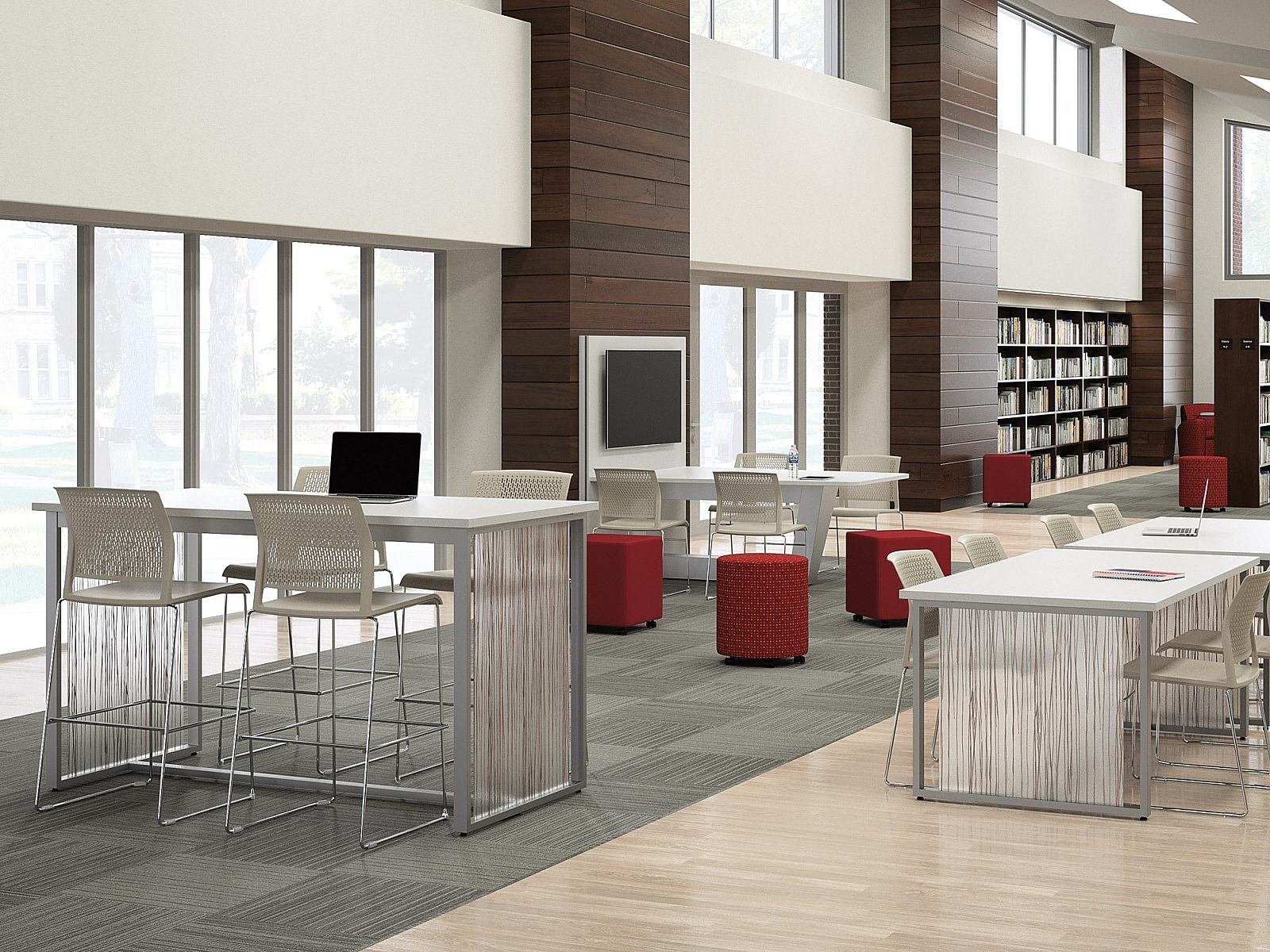8 Key Elements of an Audiovisual Installation
Audiovisual (AV) installations play an increasingly critical role in modern business communication, presentation, and collaboration. A successful AV installation relies on a range of essential elements, carefully integrated to deliver exceptional audio-visual quality and user-friendly functionality.

Let’s explore these 8 key elements and how they contribute to a robust and effective AV installation.
Elements of an AV Installation
1. Audio Systems: Providing Clear and Engaging Sound
Audio systems are a fundamental component of any AV installation. High-quality speakers, microphones, amplifiers, and audio processing equipment are used to ensure clear and immersive sound quality for presentations, conferences, and other audio applications.
2. Visual Displays: Enhancing Presentation Quality
Visual displays, such as projectors, flat panel displays, and video walls, are used to showcase audio-visual content. These displays should have high resolution, vibrant color reproduction, and appropriate screen sizes to ensure optimal viewing experiences for the audience.
3. Control Systems: Streamlining User Interaction
Control systems provide a centralized interface for users to manage and operate various AV equipment and functionalities. They simplify user interaction by allowing for easy control of audio, video, lighting, and other elements of the AV system.
4. Cabling and Connectivity: Ensuring Reliable Integration
Proper cabling and connectivity infrastructure are crucial for reliable integration and signal transmission between different AV components. This includes the selection of appropriate cables, connectors, and network infrastructure to ensure seamless communication and data transfer.
5. Acoustic Treatments: Optimizing Sound Quality
Acoustic treatments help optimize sound quality within a space. This includes the use of soundproofing materials, acoustic panels, and room shaping techniques to minimize echo, reverberation, and external noise interference.
6. Networking Infrastructure: Facilitating Remote Management
Networking infrastructure enables the integration of AV systems into existing IT networks or dedicated AV networks. This allows remote management, monitoring, and control of AV equipment, and the seamless integration of audio and video conferencing solutions.
7. Automation Systems: Enhancing Efficiency and Experience
Automation systems automate routine tasks and workflows, enhancing efficiency and user experience. This may involve programmable control interfaces, scheduling capabilities, and sensor-based automation to streamline operations and allow for smart control of AV devices.
8. Video Conferencing Solutions: Enabling Remote Collaboration
Video conferencing solutions enable remote collaboration and communication. They include cameras, codecs, microphones, and displays specifically designed for video conferencing, ensuring clear audio and video quality during virtual meetings and conferences.
Your Vista Technologies: AV Installation Experts
AV installations require careful integration of essential components to deliver optimal functionality and audiovisual quality. At Vista Technologies, we provide comprehensive AV solutions tailored to your business needs. Our team will work closely with you to design and implement a customized AV solution that aligns with your office, enhances communication and collaboration, and creates a remarkable experience for all stakeholders. Elevate your audiovisual capabilities and upgrade your office with our AV solutions. Contact us today to transform your workplace into a cutting-edge AV environment that will leave a lasting impact on your audience.





